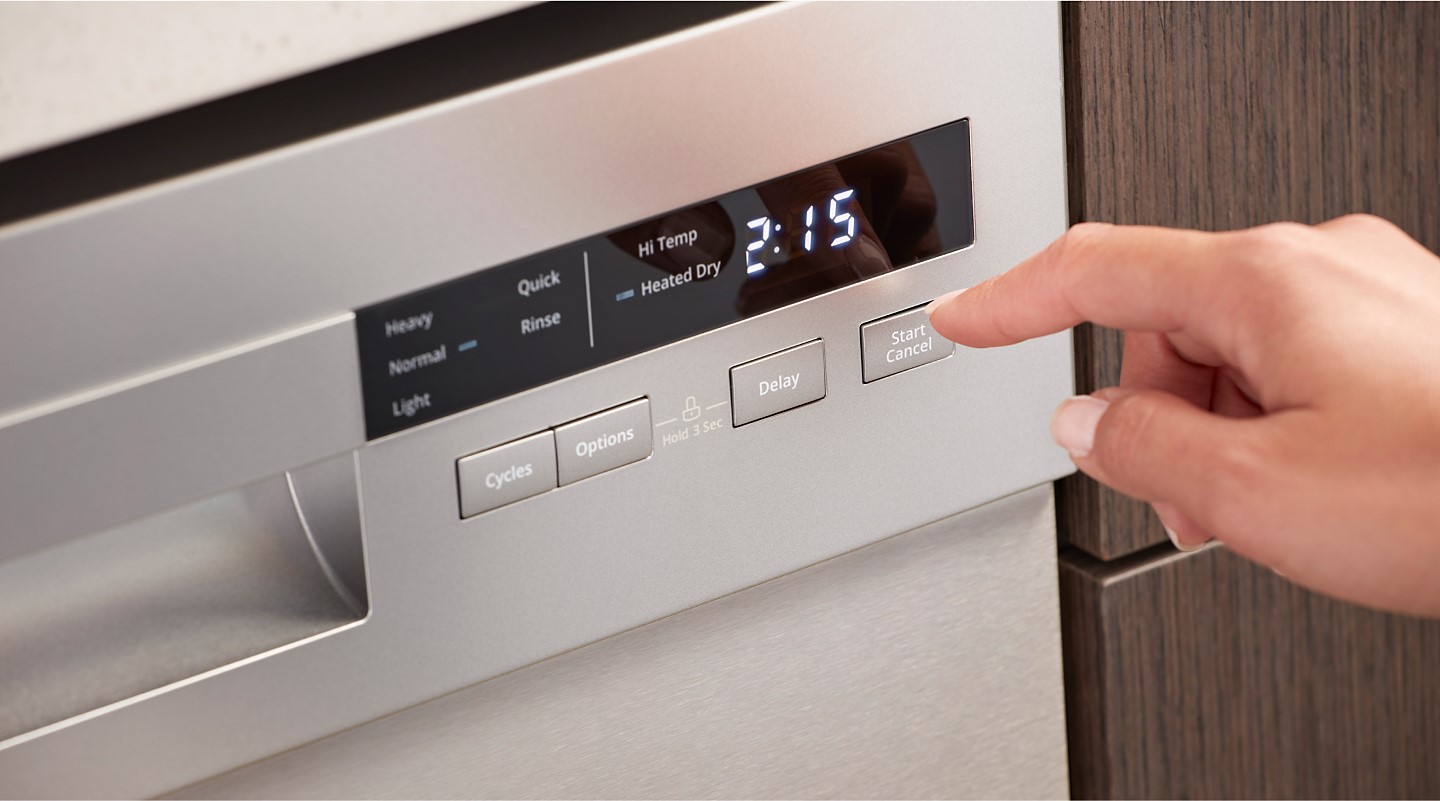

Articles
How To Reset A Dishwasher
Modified: August 31, 2024
Learn how to reset a dishwasher with our informative articles. Get step-by-step instructions and troubleshooting tips to fix common dishwasher issues.
(Many of the links in this article redirect to a specific reviewed product. Your purchase of these products through affiliate links helps to generate commission for Storables.com, at no extra cost. Learn more)
Introduction
Having a dishwasher in your kitchen provides the convenience of easily cleaning your dishes, saving you time and effort. However, like any other appliance, dishwashers can sometimes encounter issues that require troubleshooting and resetting. If you’re facing problems with your dishwasher and need to reset it, this article will guide you through the process.
Resetting a dishwasher can help resolve issues such as a malfunctioning control panel, unresponsive buttons, or error codes. While the exact steps may vary depending on the make and model of your dishwasher, the general process remains similar. By following these instructions, you’ll be able to reset your dishwasher and potentially solve the problem.
Before proceeding with the reset, it’s crucial to ensure your safety. Always start by turning off the appliance and disconnecting it from the power source. Additionally, refer to your dishwasher’s user manual for specific instructions related to your model, as it may provide additional insights or precautions.
Now, let’s dive into the step-by-step guide on how to reset your dishwasher.
Key Takeaways:
- Resetting your dishwasher is a straightforward process that can help resolve common issues like unresponsive controls or error codes. Follow the step-by-step guide to ensure a smooth reset and optimal dishwasher performance.
- Prioritize safety by turning off and unplugging the dishwasher before starting the reset process. Cleaning the filter and resetting the control panel are essential steps to ensure a successful dishwasher reset.
Read more: How To Reset A Kenmore Dishwasher
Step 1: Turn off the Dishwasher
The first step in resetting your dishwasher is to turn it off completely. Locate the power button or control panel on your appliance and press the “Off” or “Power” button to shut it down. Make sure the dishwasher is completely powered off and not in any standby or pause mode.
Turning off the dishwasher will ensure that the reset process is initiated from a clean state and will allow the internal system to reset all settings and options.
Keep in mind that some dishwashers may have a “Cancel” or “Reset” button specifically designed for the reset process. If your dishwasher has this feature, press and hold the “Cancel” or “Reset” button instead of turning off the power using the main control panel.
Once the dishwasher is turned off, proceed to the next step.
Step 2: Unplug the Dishwasher
After turning off the dishwasher, the next step in the reset process is to unplug it from the power source. Locate the power cord where it is connected to the wall outlet or the power strip. Firmly grasp the plug and pull it out from the socket.
Unplugging the dishwasher will completely cut off the power supply to the appliance and ensure that any residual electricity is discharged. This step is essential for the safety of the user during the reset process.
Ensure that you have a clear and safe space to work with the dishwasher. Make sure there are no obstructions or objects that could interfere with the reset process.
Once the dishwasher is unplugged, wait for at least 5-10 minutes before proceeding to the next step. This waiting time allows the internal system to reset and discharge any remaining power.
While waiting, you can prepare for the next steps, such as gathering necessary cleaning supplies or reviewing the user manual for additional troubleshooting tips.
Step 3: Remove the Dish Rack
With the dishwasher turned off and unplugged, it’s time to remove the dish rack. The dish rack holds the dishes and utensils inside the dishwasher, and removing it will give you better access to the internal components that may need to be checked or cleaned.
Start by pulling out the bottom dish rack. This is usually the larger rack that holds plates, bowls, and larger items. Gently slide it out towards you, making sure to support any items that may be on the rack.
If your dishwasher has an upper dish rack, remove it as well. The upper dish rack usually holds glasses, cups, and smaller items. Follow the same process as before, sliding it out carefully.
Place the dish racks in a safe and convenient location, such as your kitchen sink or countertop. This will allow you to clean and inspect them later, if necessary.
Removing the dish rack will also provide you with a better view of the interior of the dishwasher, making it easier to locate and access the various components that may need attention during the reset process.
Once the dish racks are safely removed, proceed to the next step.
Step 4: Check and Clean the Filter
With the dish racks removed, it’s time to check and clean the filter of your dishwasher. The filter is an essential component that helps to trap food particles, debris, and other contaminants from circulating and clogging the dishwasher’s system.
Locate the filter at the bottom of the dishwasher, typically towards the back. There are different types of filters, such as mesh filters, self-cleaning filters, or removable filters. Refer to your dishwasher’s user manual for specific instructions regarding the filter in your particular model.
If your dishwasher has a mesh filter, carefully remove it from its housing. Rinse the filter under warm water to remove any debris or residue that may have accumulated. Use a soft brush or a toothbrush to gently scrub away any stubborn particles.
For self-cleaning filters, follow the manufacturer’s instructions to ensure proper cleaning. Some models may have a feature that allows the filter to clean itself, while others may require manual cleaning with a brush.
If your dishwasher has a removable filter, detach it according to the manufacturer’s instructions. Clean the filter under running water, using a soft brush if necessary, to remove any dirt or debris.
Inspect the filter thoroughly to ensure that there are no obstructions or damages that may interfere with the dishwasher’s performance. If you notice any signs of damage or excessive wear, consider replacing the filter to maintain optimal functionality.
Once you have cleaned and inspected the filter, carefully reinsert it into the dishwasher following the correct orientation. Ensure that it fits securely in its housing, without any gaps or misalignments.
With the filter back in place, you have completed the cleaning and inspection process. Now, let’s move on to the next step to reset the dishwasher.
To reset a dishwasher, try pressing the “Start/Reset” button for 3 seconds or turning off the power at the circuit breaker for a few minutes. This can help clear any error codes and reset the machine.
Read more: How To Reset Frigidaire Dishwasher
Step 5: Reset the Control Panel
Now that you have checked and cleaned the filter, it’s time to reset the control panel of your dishwasher. The control panel houses the buttons and settings that allow you to operate the dishwasher and select various functions.
Start by locating the control panel on the front of your dishwasher. Depending on your dishwasher model, the location and layout of the control panel may vary.
Look for a button or combination of buttons that activates the reset function. This may be labeled as “Reset,” “Start/Reset,” or depicted by an icon of a circular arrow. Refer to your dishwasher’s user manual if you are unsure about the exact reset button or procedure for your specific model.
Once you have identified the reset button or combination, press and hold it for a few seconds. This will initiate the reset process and clear any previous settings or error codes that may be causing issues with your dishwasher.
Keep in mind that the duration of holding the reset button may vary. Consult your user manual for specific instructions. Some dishwashers may require you to hold the button for 2-3 seconds, while others may need 5-10 seconds.
After releasing the reset button, wait for a few seconds to allow the control panel to complete the reset process. You may notice some indicators or lights flashing or the panel going blank momentarily. This is normal and indicates that the reset has been performed successfully.
If your dishwasher does not have a dedicated reset button, you can try turning off the dishwasher using the power button or by unplugging it again. Wait for a minute or two, and then turn it back on or plug it back in. This action can often serve as a manual reset for certain dishwasher models.
With the control panel reset, you are ready to move on to the next step to complete the dishwasher reset process.
Step 6: Plug in the Dishwasher
After resetting the control panel, it’s time to plug in the dishwasher and restore the power supply. This step is crucial to ensure that the dishwasher receives the necessary electrical connection to function properly.
Locate the power cord of the dishwasher and align the prongs with the wall outlet or the power strip. Insert the plug firmly into the socket until it is securely connected.
Make sure that the power cord is not damaged or frayed. If you notice any signs of wear or damage, refrain from plugging in the dishwasher and consider replacing the power cord before proceeding.
Once the dishwasher is plugged in, you may hear a click or see lights on the control panel indicating that the power is restored. This is a positive sign that the dishwasher is ready to be powered on.
Take a moment to ensure that the power cord is placed in a safe position where it won’t get tangled or pulled accidentally. Avoid placing it near heat sources or water to prevent any potential hazards.
Now that the dishwasher is plugged in and ready for operation, move on to the final step to complete the reset process.
Step 7: Turn on the Dishwasher
With the dishwasher properly plugged in, it’s time to turn it on and complete the reset process. Follow these steps to power on your dishwasher:
- Locate the power button or the control panel on your dishwasher.
- Press the “On” or “Power” button to turn on the appliance. This will initiate the startup sequence and activate the control panel.
- Check the display or indicators on the control panel. You should see lights or symbols indicating that the dishwasher is on and ready to run.
- Select the desired wash cycle and options, such as temperature or delay start, using the control panel buttons. Consult your dishwasher’s user manual for specific instructions on the available settings for your model.
- Once you have set the desired options, press the “Start” button or a similar button that begins the wash cycle. The dishwasher will start running, and you can observe the water filling in, the spray arms rotating, and the cleaning process in action.
- Monitor the dishwasher’s operation for a few minutes to ensure that it is running smoothly without any unusual noises or leaks.
It’s important to note that the time it takes for the dishwasher to start and complete a wash cycle may vary depending on the selected settings and load size. Refer to your dishwasher’s user manual for approximate cycle durations.
By following these steps, you have successfully turned on your dishwasher, completing the reset process. Your dishwasher should now be ready to operate normally, free from any previous issues or errors.
If you continue to experience problems with your dishwasher even after resetting it, it’s advisable to consult a professional technician or contact the manufacturer’s customer support for further assistance.
Remember to refer to your dishwasher’s user manual for specific instructions and recommendations related to the resetting and operation of your particular model.
Conclusion
Resetting your dishwasher can be a simple yet effective solution to resolve issues and restore its functionality. By following the step-by-step guide outlined in this article, you can easily reset your dishwasher and potentially fix problems such as an unresponsive control panel, error codes, or other malfunctions.
Remember to ensure your safety by turning off the dishwasher and unplugging it before starting the reset process. Take the time to check and clean the filter, as a clogged filter can cause performance issues. Resetting the control panel and plugging in the dishwasher will help clear any previous settings or errors.
Once you have completed the reset process, power on the dishwasher and select the desired wash cycle and options. Observe its operation for any signs of issues, such as leaks or unusual noises.
If problems persist even after resetting the dishwasher, don’t hesitate to seek assistance from a professional technician or contact the manufacturer’s customer support. They can provide further guidance and troubleshooting tips specific to your dishwasher model.
Remember to consult your dishwasher’s user manual throughout the reset process for model-specific instructions and safety precautions.
By following these steps, you can troubleshoot and reset your dishwasher with ease, ensuring its optimal performance and extending its lifespan.
So, the next time you encounter issues with your dishwasher, don’t worry. With the knowledge gained from this article, you’ll be equipped to reset it and get it back to working efficiently in no time.
Frequently Asked Questions about How To Reset A Dishwasher
Was this page helpful?
At Storables.com, we guarantee accurate and reliable information. Our content, validated by Expert Board Contributors, is crafted following stringent Editorial Policies. We're committed to providing you with well-researched, expert-backed insights for all your informational needs.
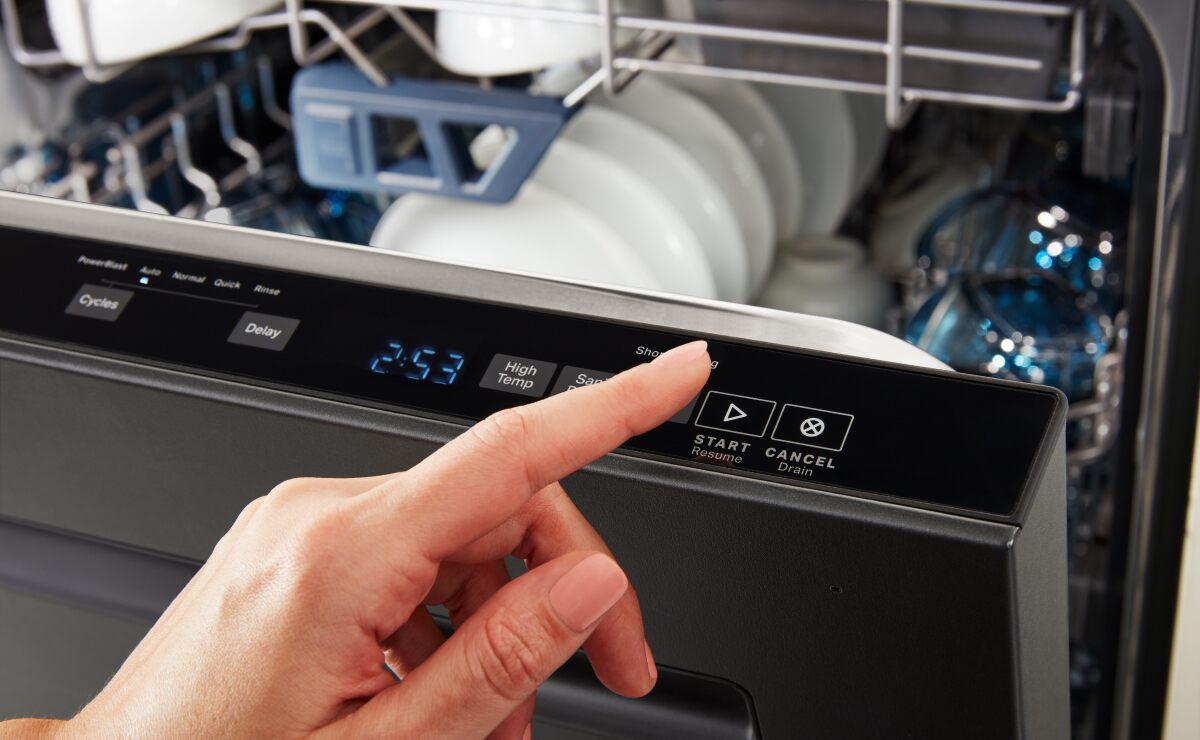
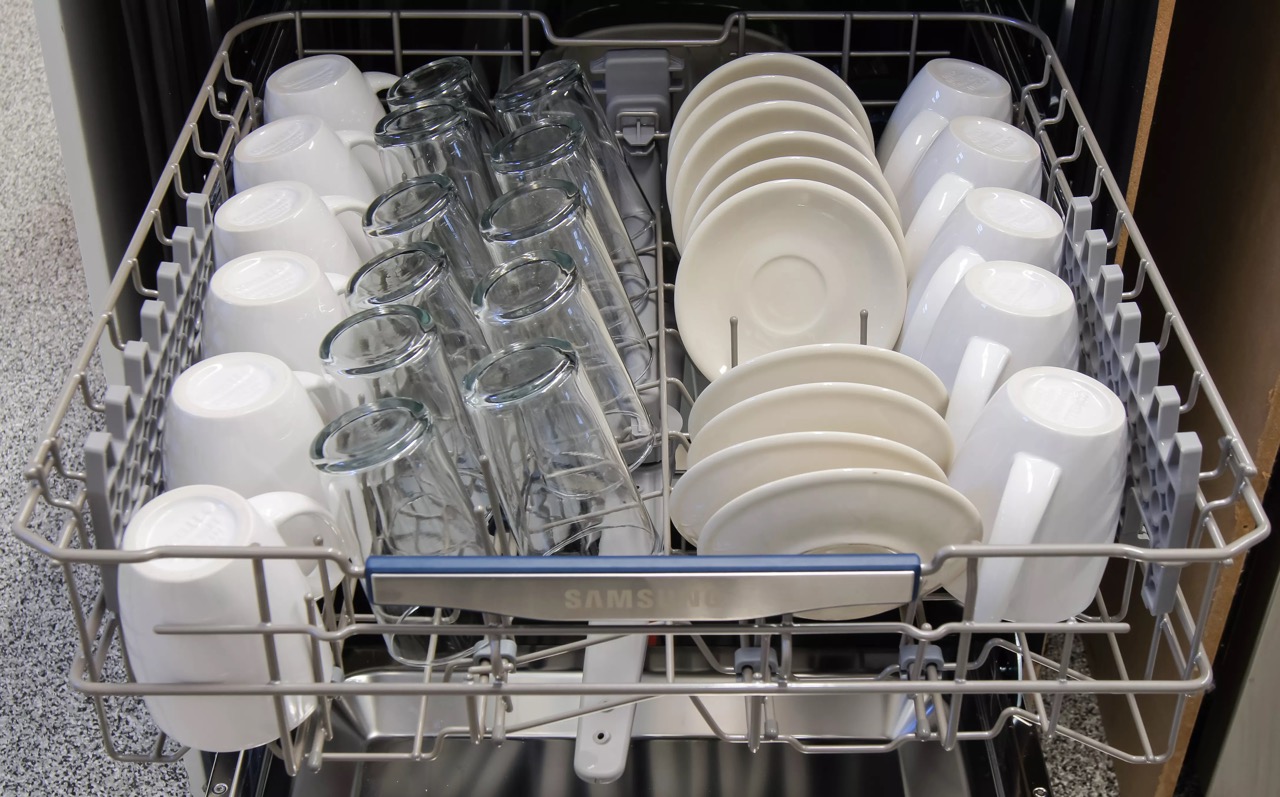
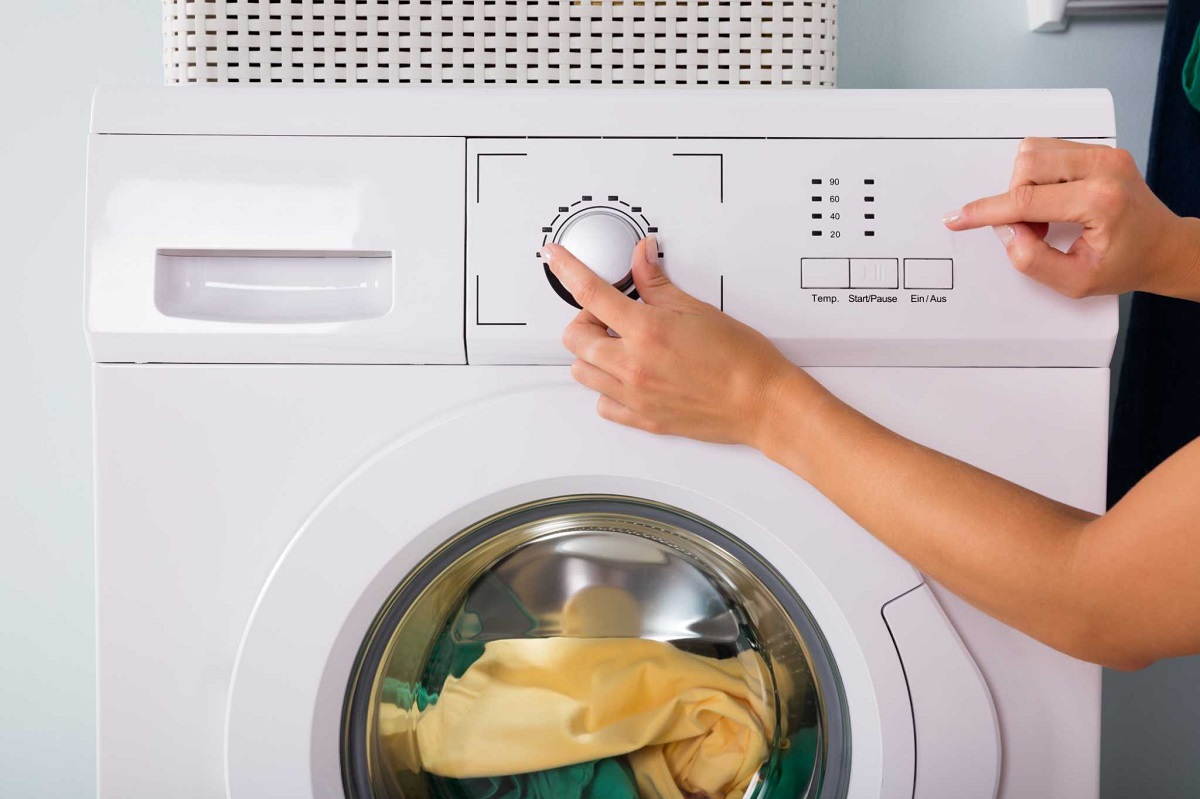
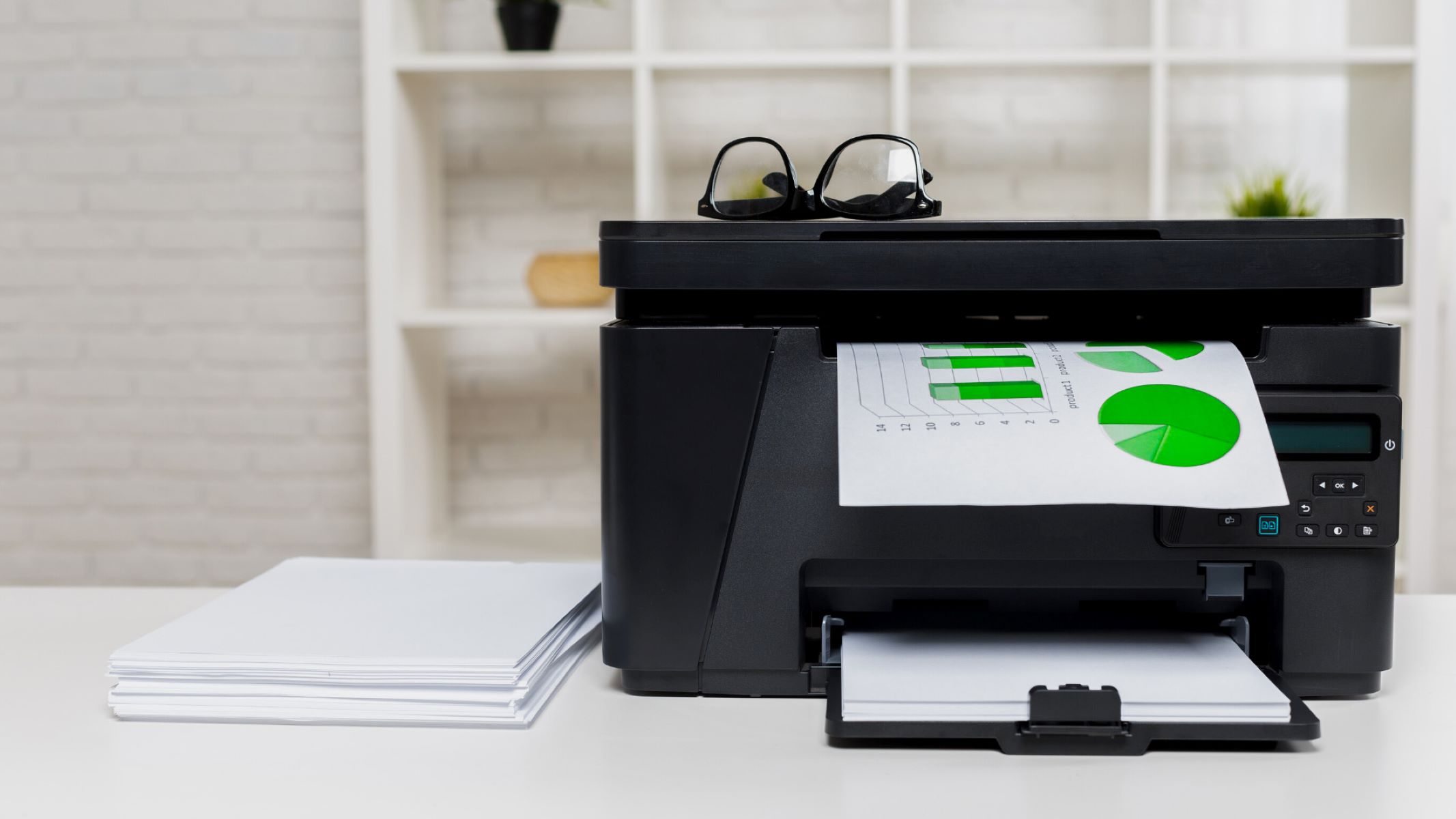
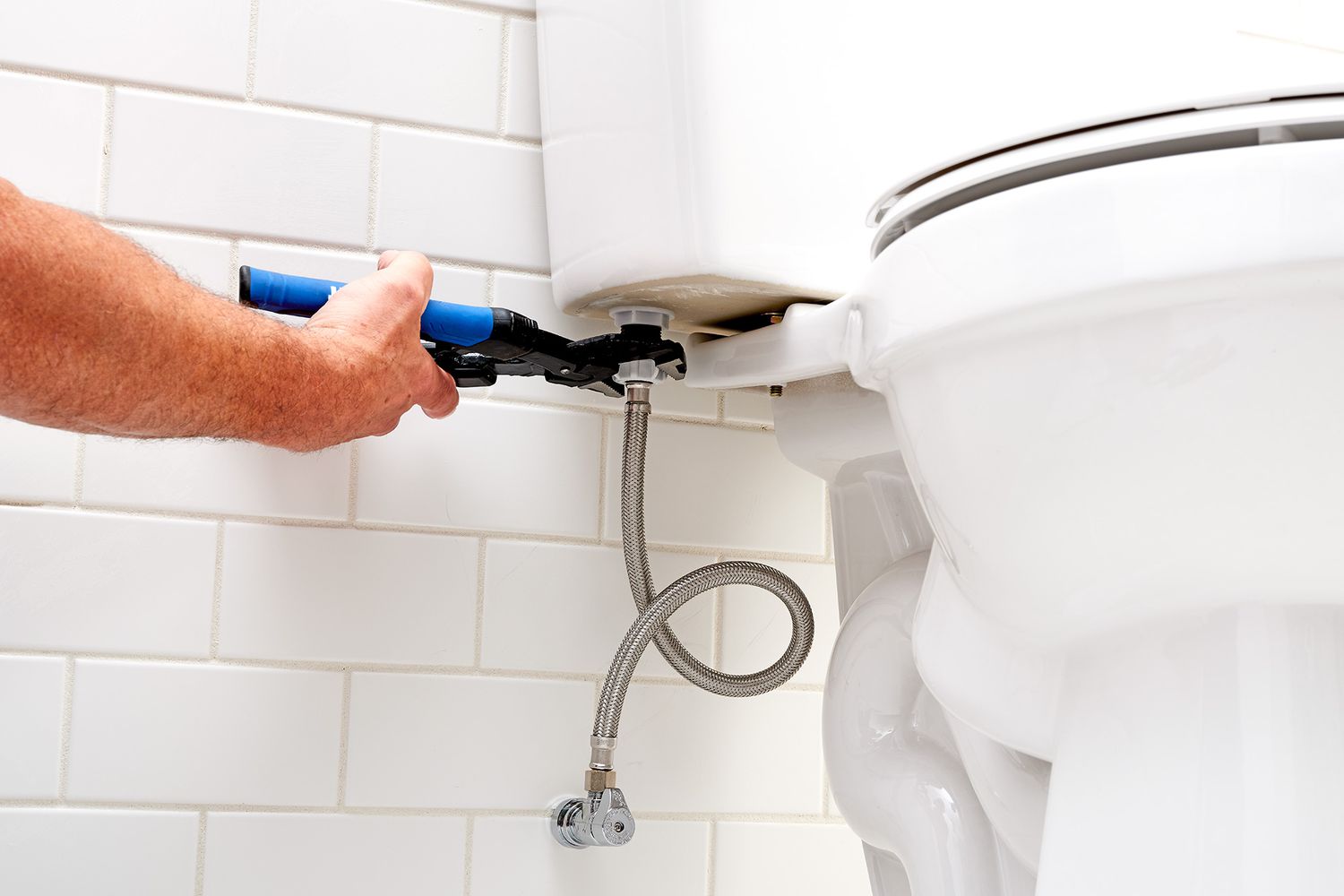
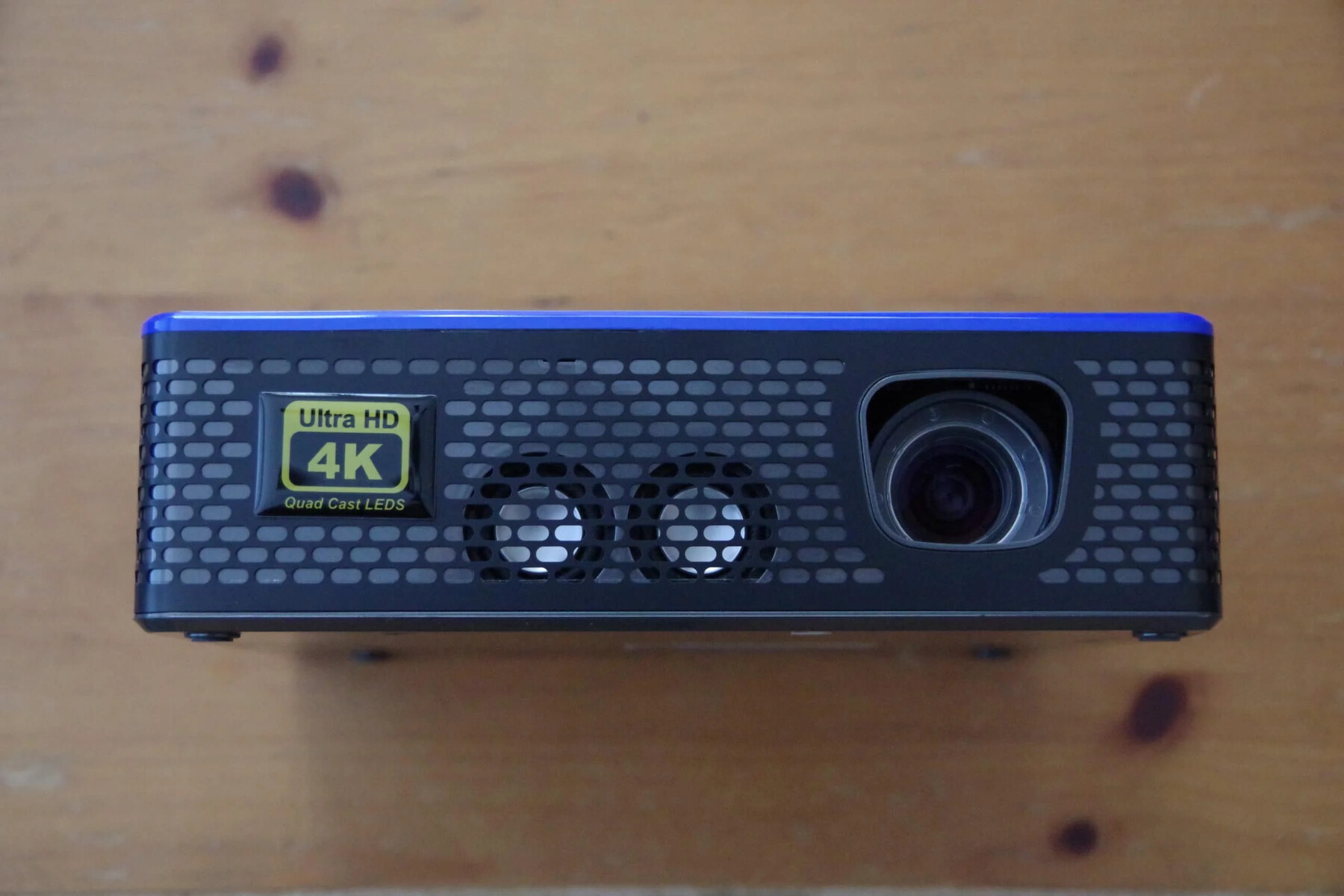
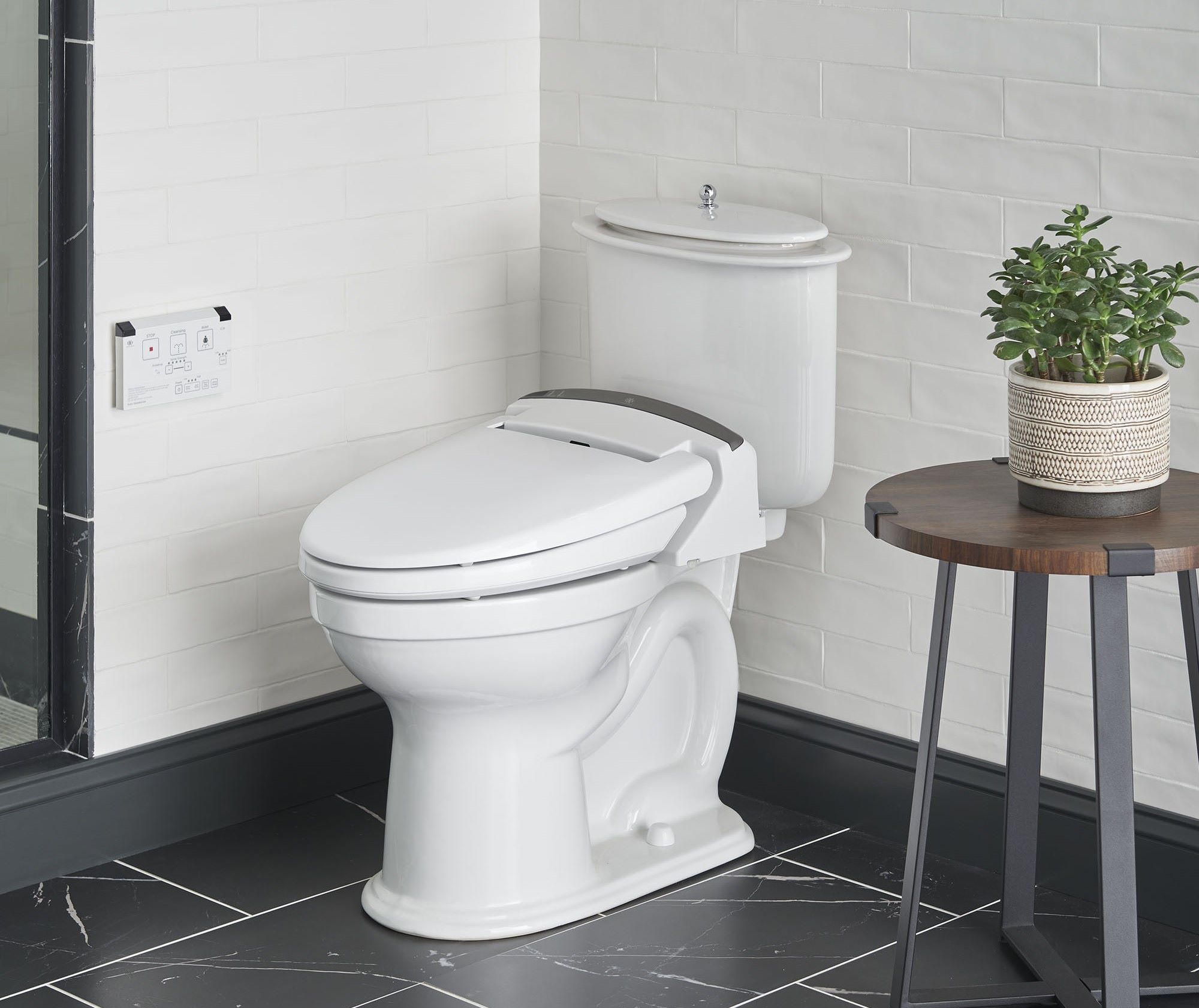
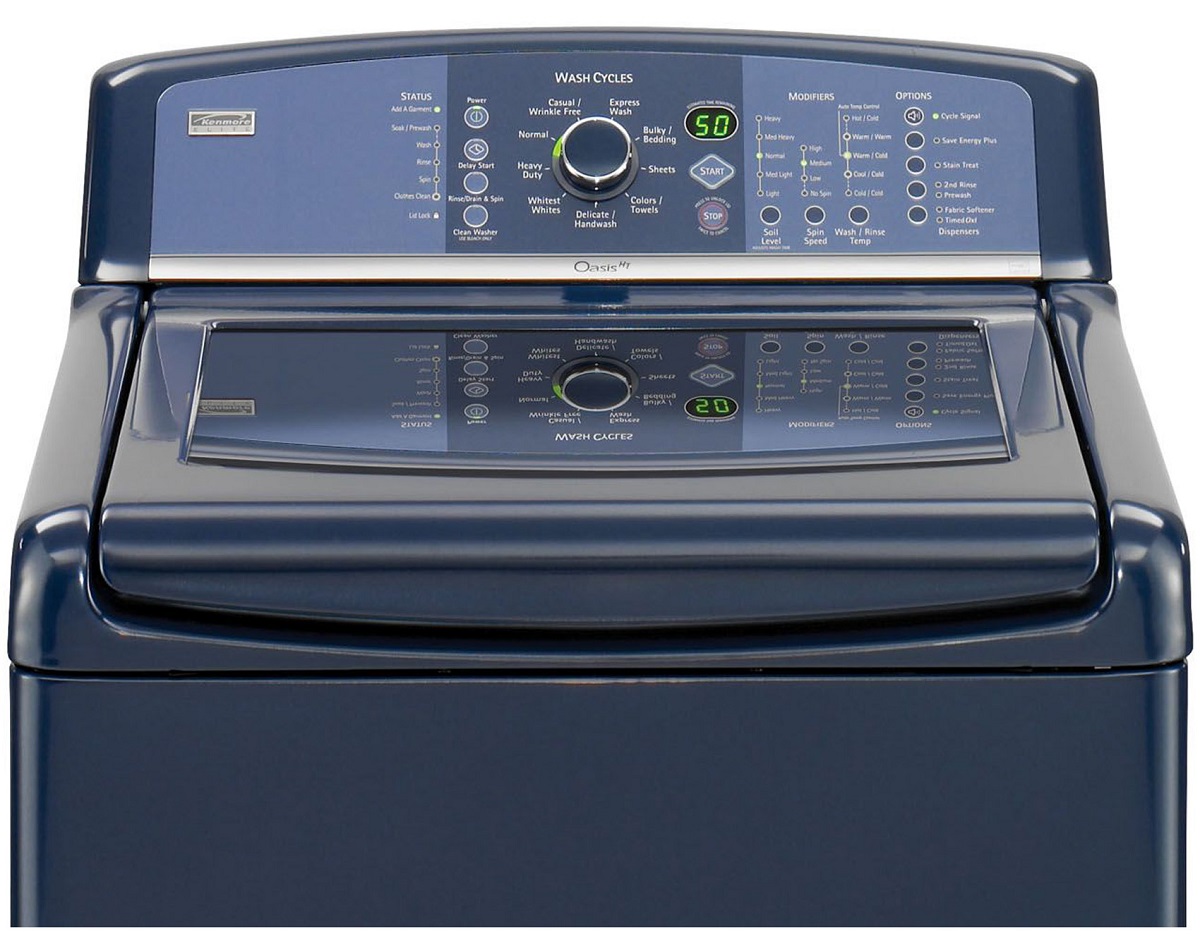

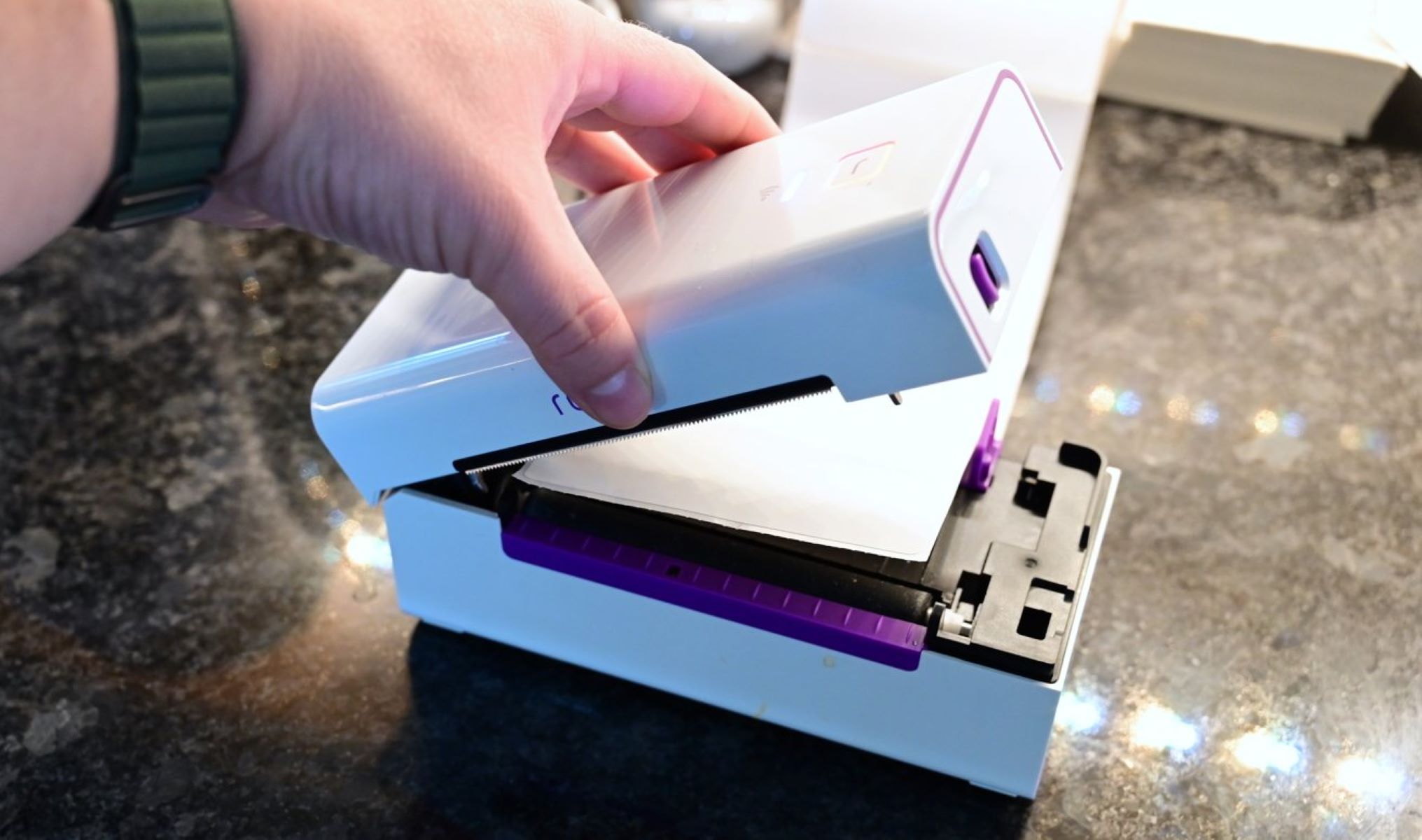
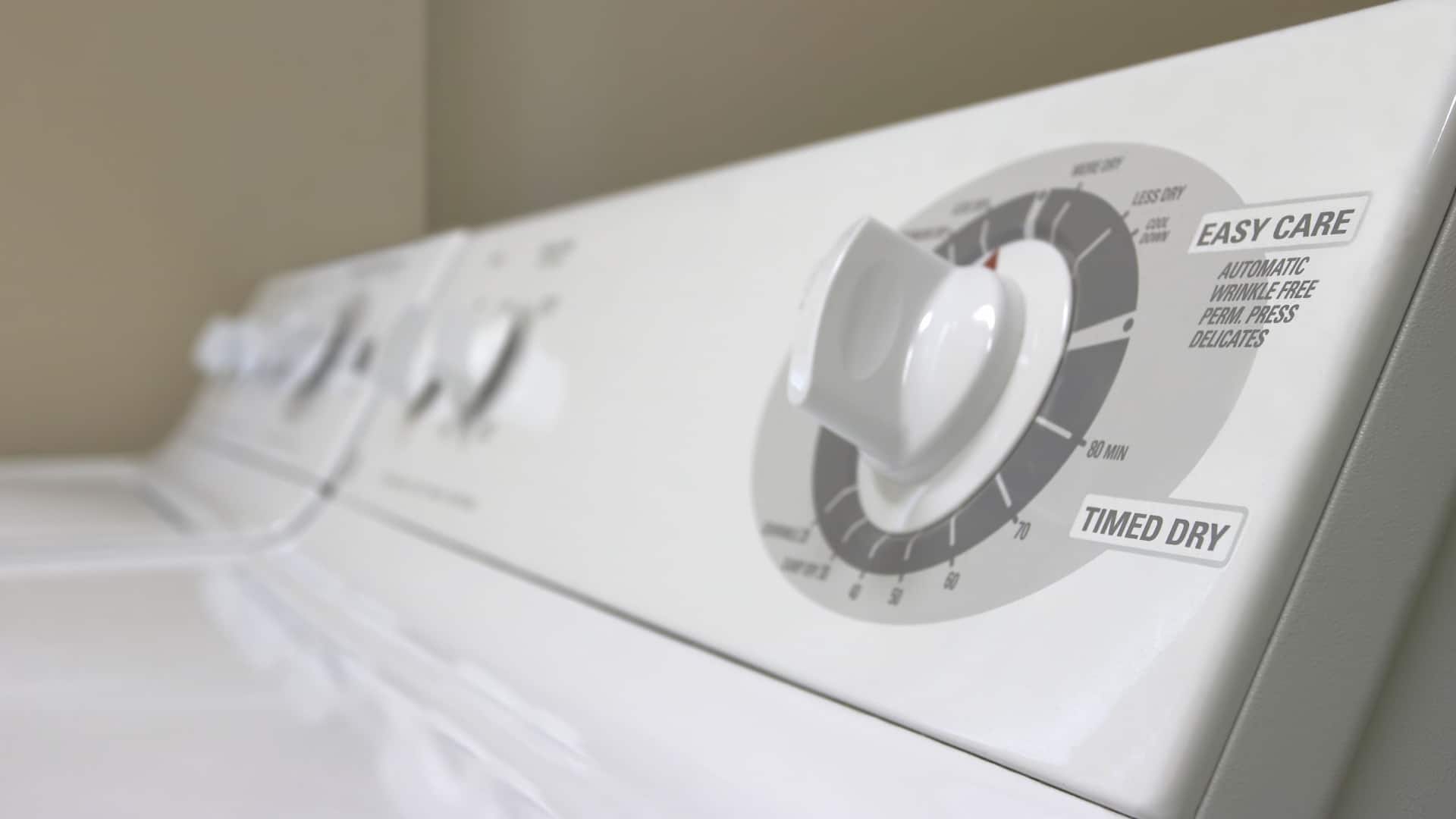
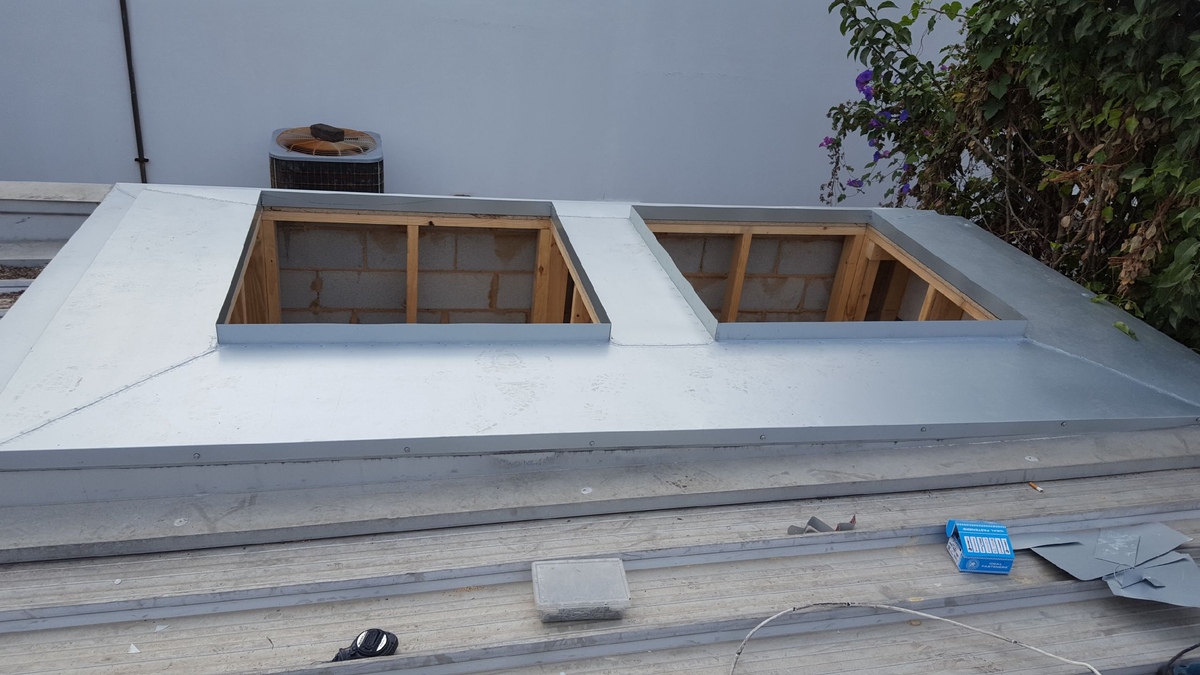
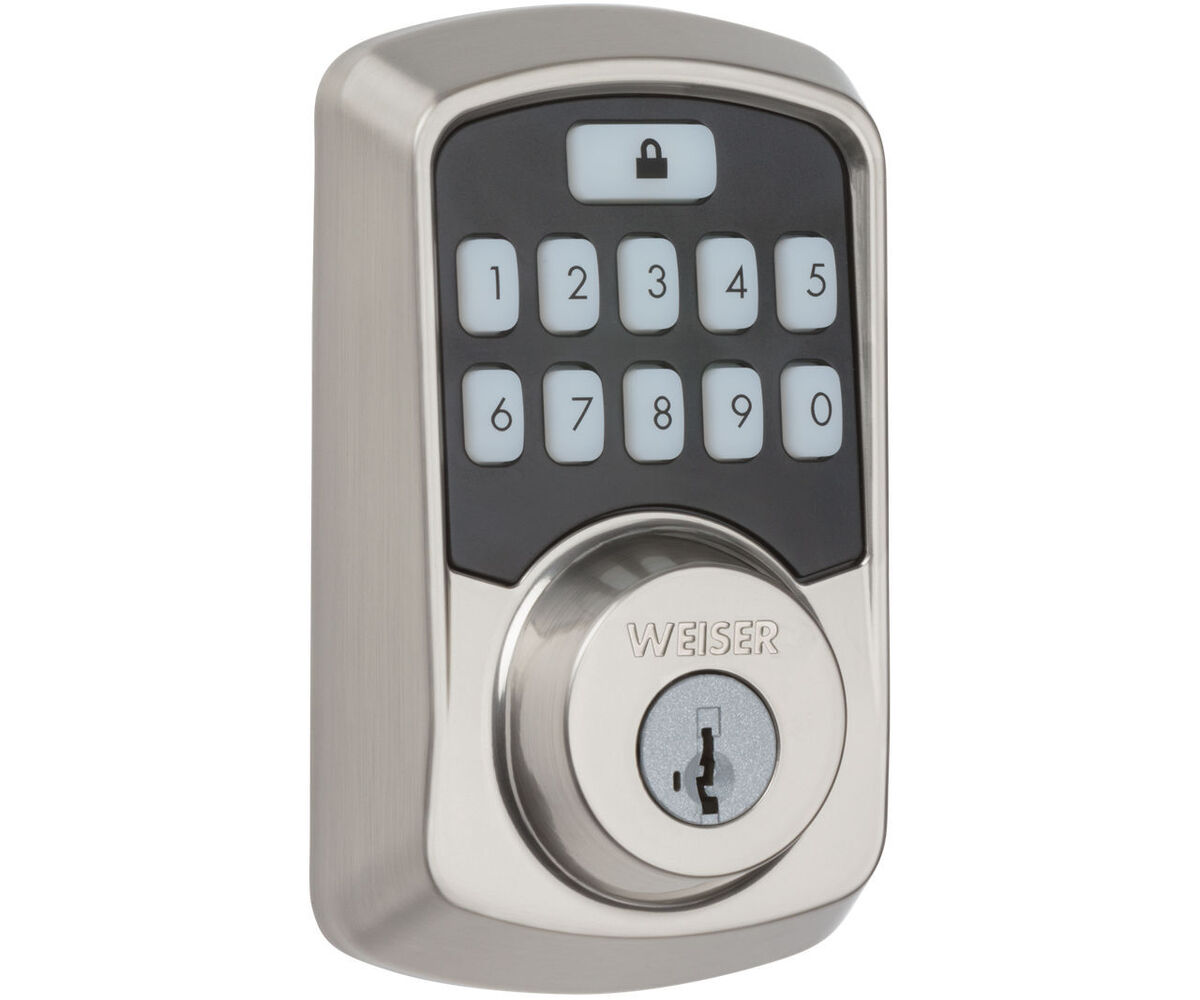
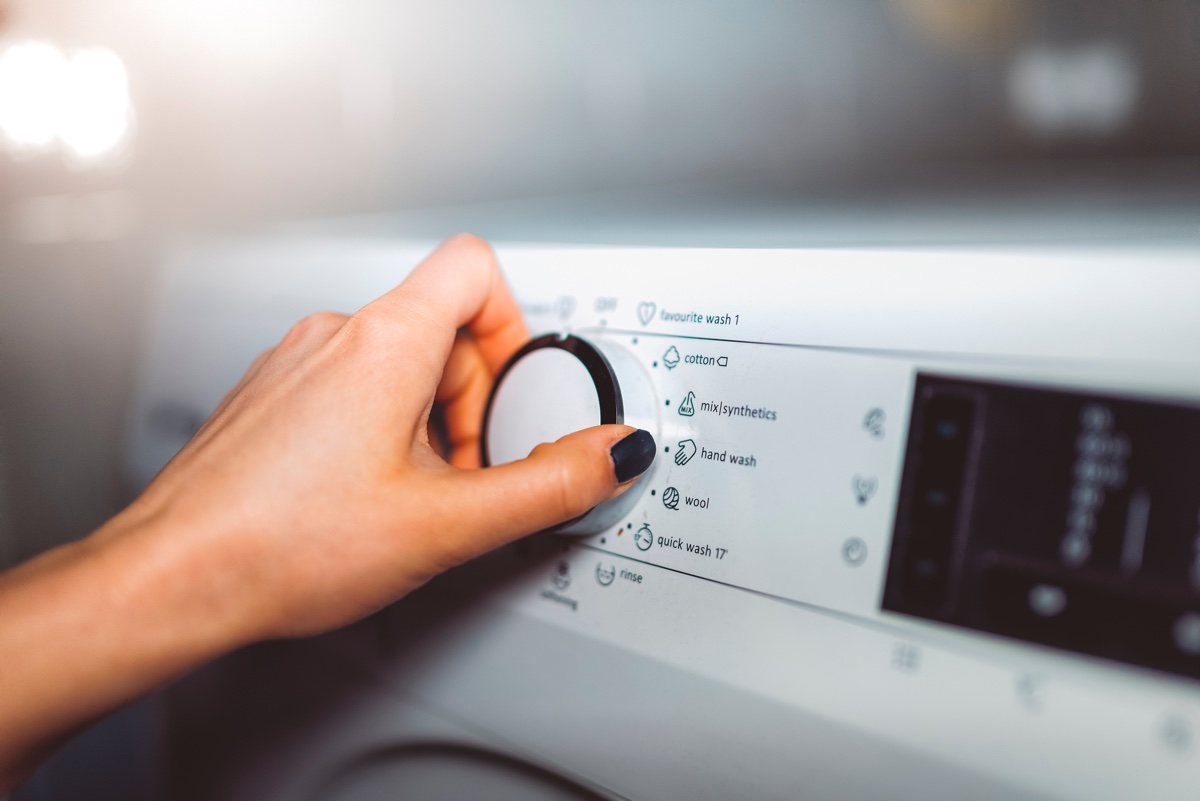

0 thoughts on “How To Reset A Dishwasher”